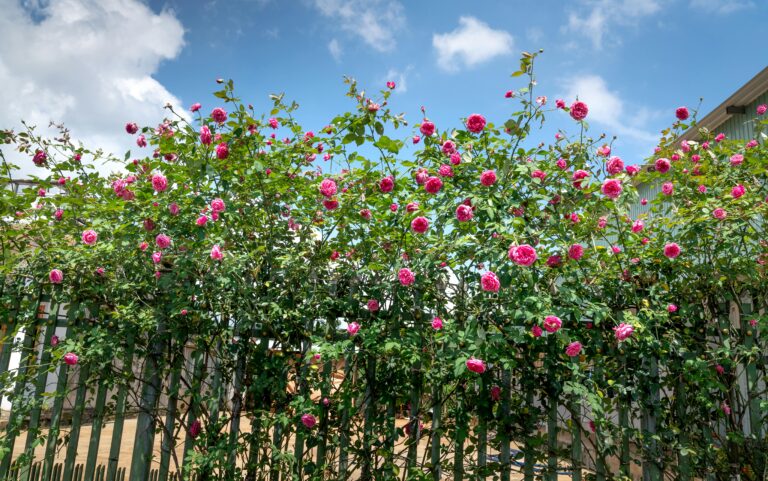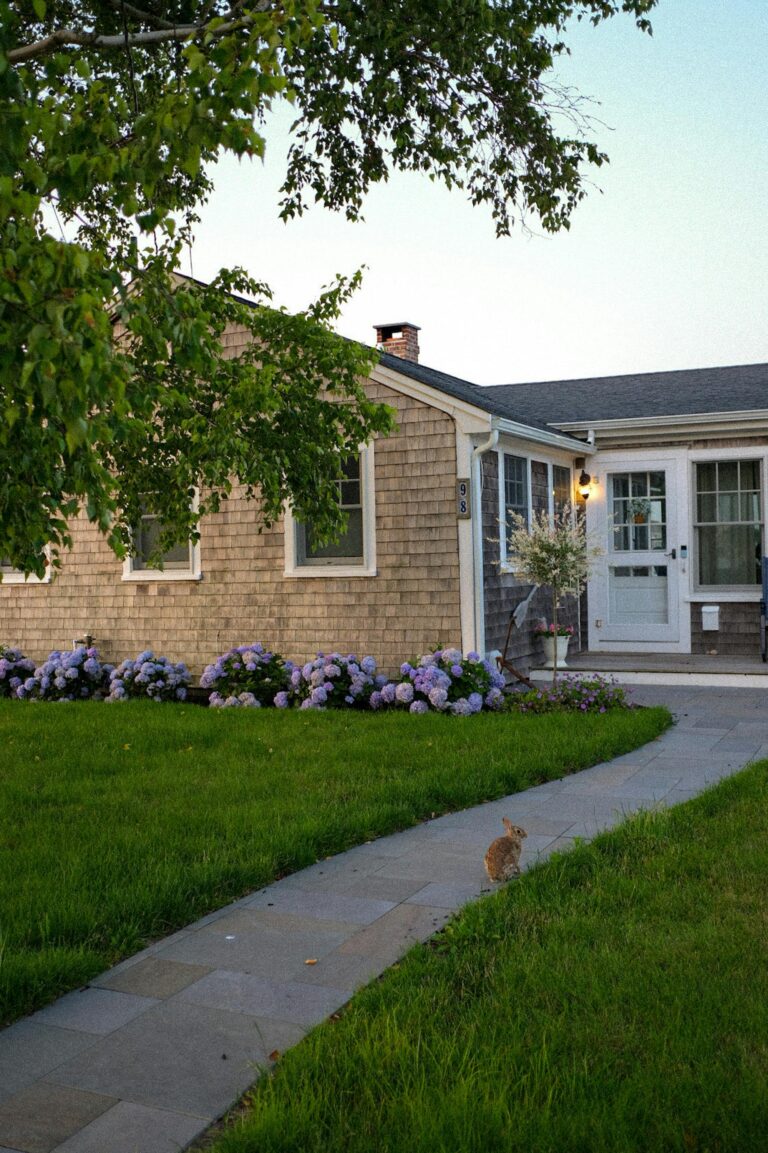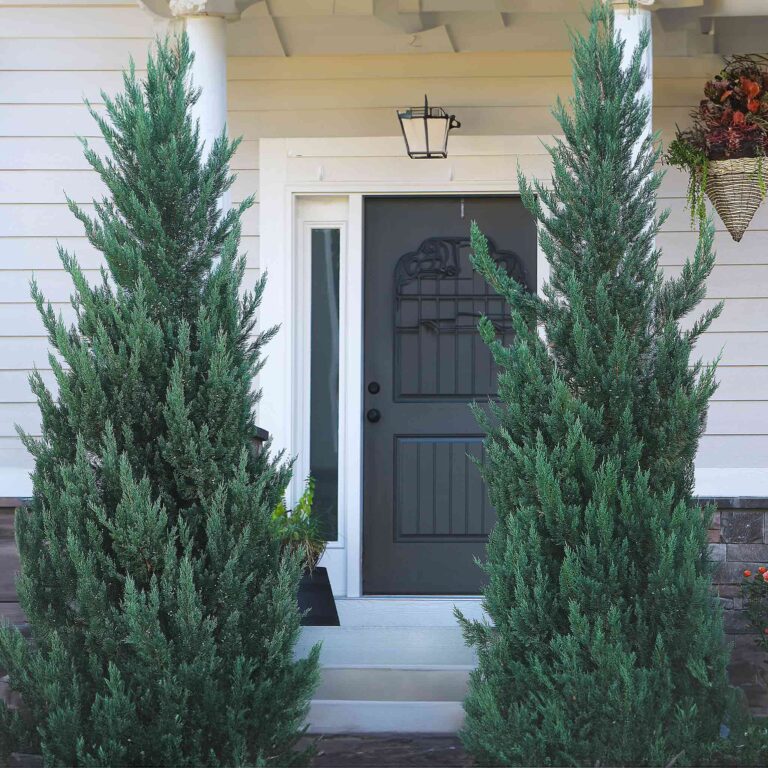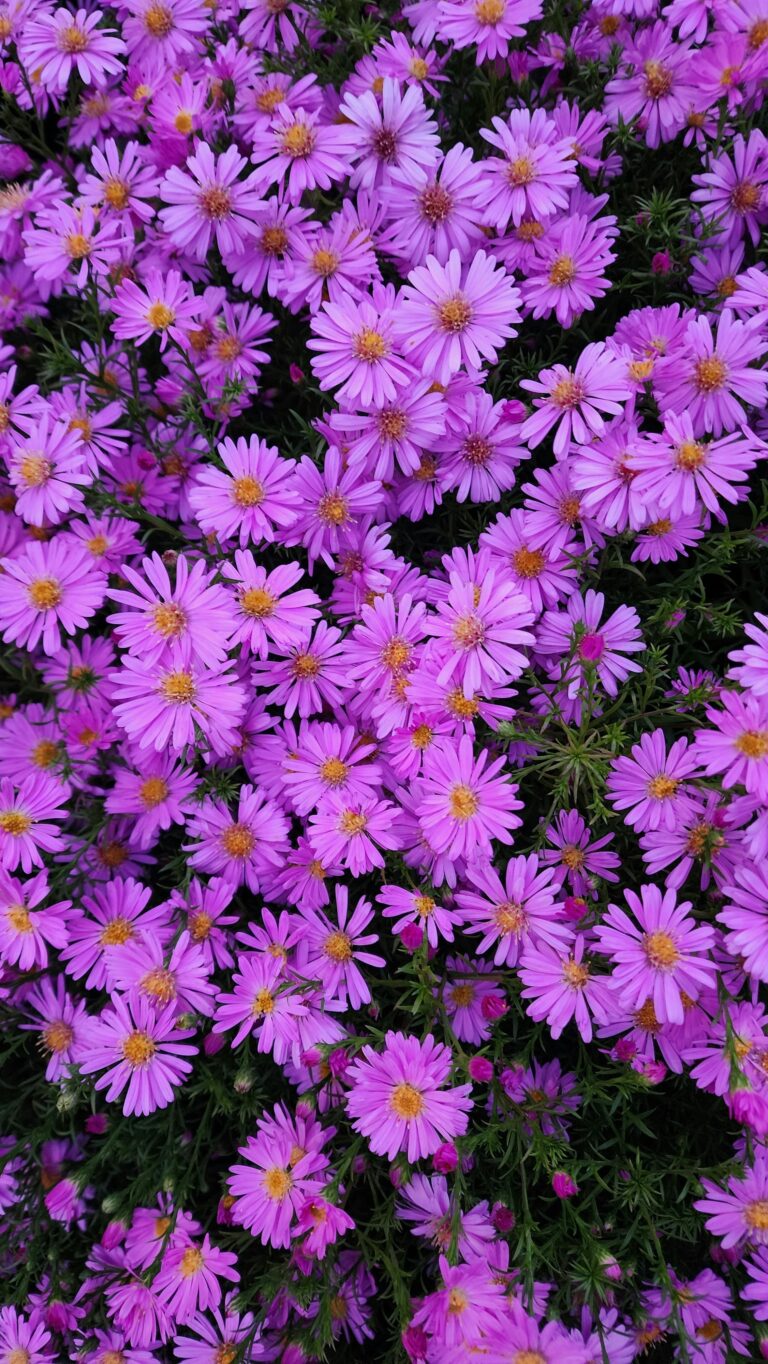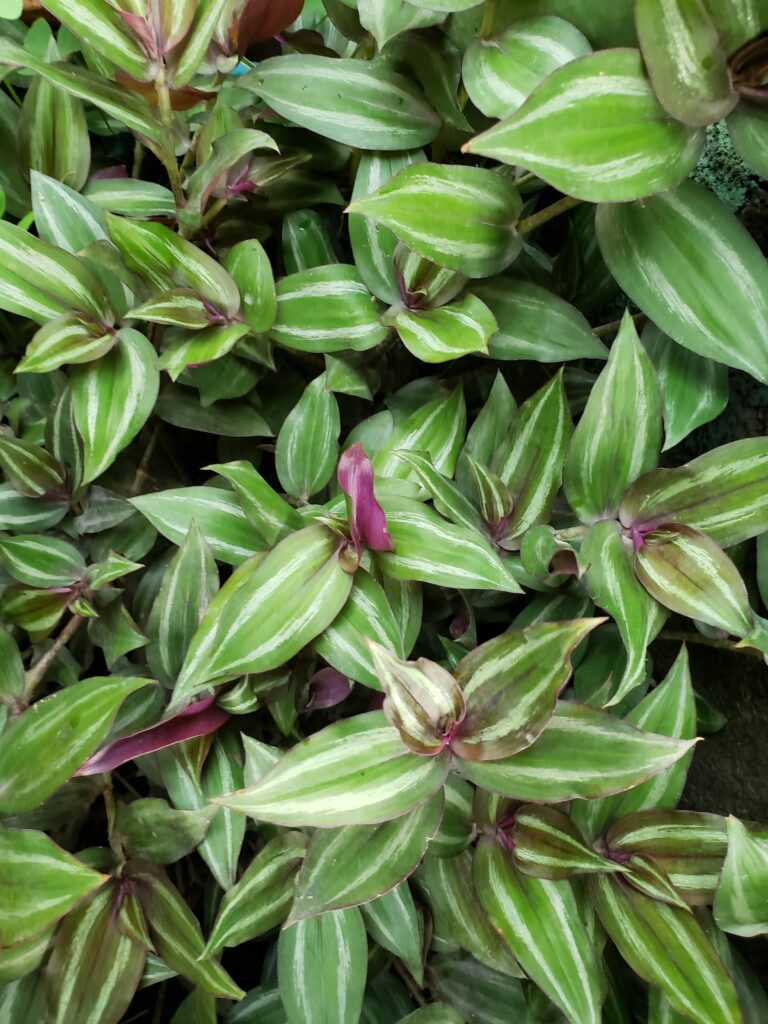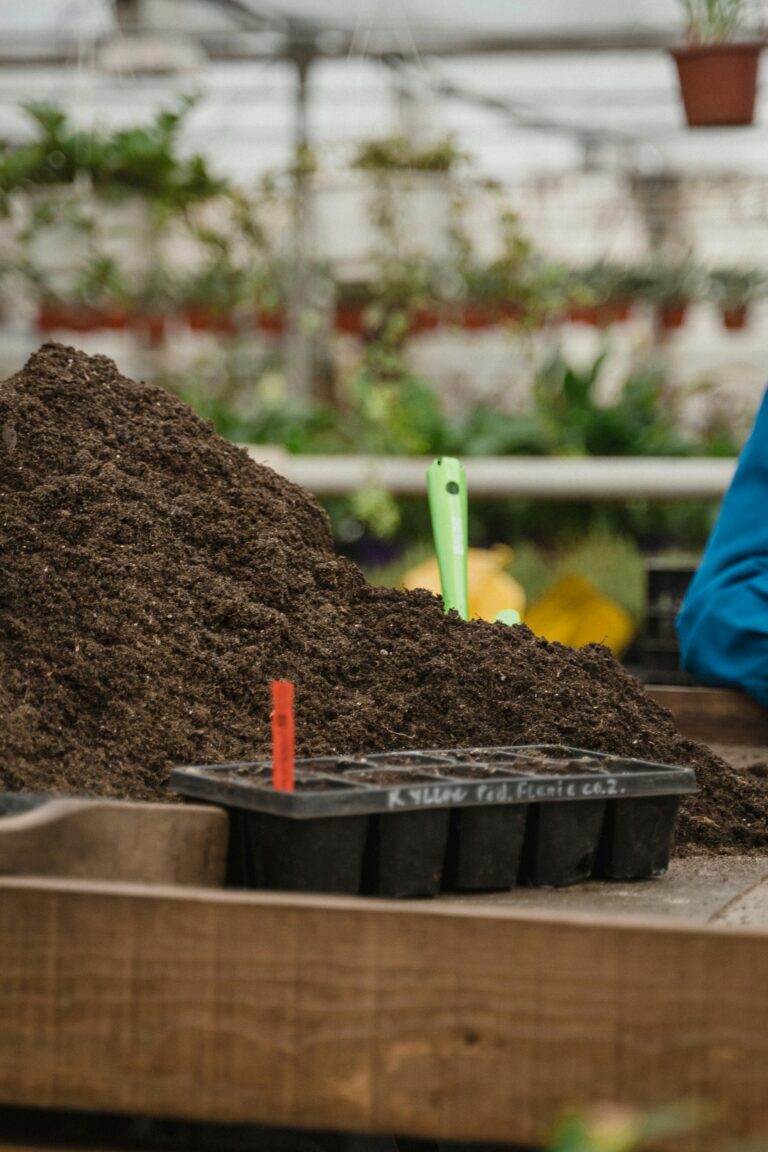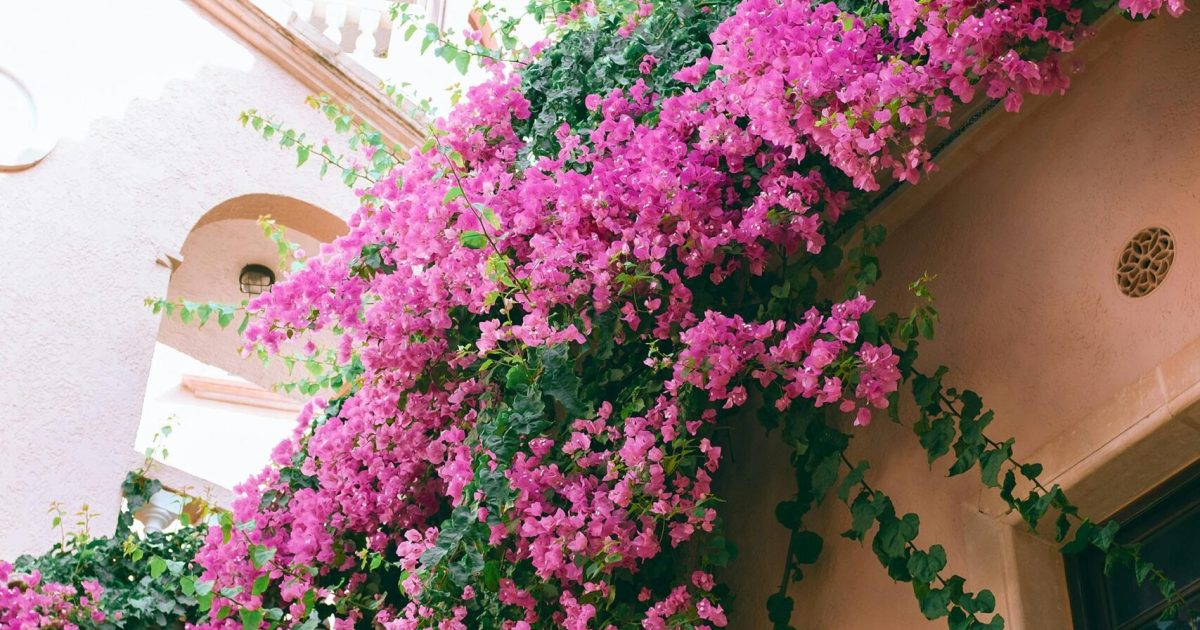
Pink Flowers: Adding a Pop of Color to Your Garden
As a gardener with five years of experience, I’ve learned that few things bring as much joy as vibrant pink flowers blooming throughout the garden. Pink flowers can brighten up any space, whether you’re designing a flower bed, filling pots on your patio, or adding a splash of color indoors. They evoke a sense of romance, serenity, and charm, making them an essential part of any garden in the US.
In this article, we’ll dive into some of the best pink flowers for your garden, how to care for them, and a few tips on where to plant them for maximum impact. Let’s make your garden bloom in pink!
Why Pink Flowers?
Before we dig into specific varieties, let’s talk about why pink is such a fantastic color to incorporate into your garden. Pink is a versatile hue that can range from soft pastels to bold, vibrant shades. It pairs well with greens, whites, and other colors, making it easy to create striking combinations. Whether you prefer subtle elegance or a more whimsical, cottage-garden look, pink flowers offer endless possibilities.
Plus, pink flowers attract pollinators like bees and butterflies, which are crucial for a healthy garden ecosystem.
Best Pink Flowers for Your US Garden
Here are some of the most beautiful and easy-to-grow pink flowers that will thrive in US climates:
1. Peonies (Paeonia)
Peonies are one of the most beloved pink flowers in gardens across the US. With their large, fragrant blooms, they add a touch of classic elegance. Peonies prefer full sun and well-drained soil, making them perfect for planting in flower beds or as borders.
- Bloom Time: Late spring to early summer
- USDA Zones: 3-8
- Care Tips: Peonies are long-lived perennials that require minimal care once established. Just be sure to stake the taller varieties, as the blooms can get heavy.
Pro Tip: Plant peonies in a sunny spot with plenty of airflow to avoid fungal diseases.
2. Roses (Rosa)
No list of pink flowers would be complete without roses. From climbing varieties to miniature versions, roses come in almost every shade of pink imaginable. They’re the perfect flower for adding elegance and fragrance to your garden.
- Bloom Time: Spring through fall
- USDA Zones: 4-9
- Care Tips: Roses need full sun and regular watering. Prune them back in early spring to encourage healthy growth.
Pro Tip: To get more blooms, feed your roses with a balanced fertilizer every 4-6 weeks during the growing season.
3. Pink Hydrangeas (Hydrangea macrophylla)
Hydrangeas are another fantastic choice for those who love pink. The color of hydrangea flowers can change based on the pH level of your soil—acidic soils produce blue flowers, while alkaline soils lead to pink blooms. You can adjust the pH if you’re aiming for those perfect pink flowers!
- Bloom Time: Summer
- USDA Zones: 3-9
- Care Tips: Hydrangeas thrive in part sun and require consistent watering. They’re a great option for shady spots in your garden.
Pro Tip: Add garden lime to your soil if you want to maintain pink blooms. It helps raise the soil’s pH level, keeping those blossoms vibrant!
4. Zinnias (Zinnia elegans)
If you’re looking for an easy-to-grow annual that delivers loads of pink flowers, zinnias are a fantastic option. They come in a wide range of pink shades and are known for attracting butterflies. Plus, they bloom continuously through the summer!
- Bloom Time: Summer through fall
- USDA Zones: 2-11 (grown as an annual)
- Care Tips: Zinnias thrive in full sun and well-draining soil. Deadhead regularly to encourage more blooms.
Pro Tip: Zinnias are perfect for cutting gardens. Snip a few for an instant bouquet that will brighten up any room.
5. Pink Camellias (Camellia japonica)
Camellias are known for their glossy green leaves and gorgeous, rose-like blooms. The pink varieties are especially stunning, bringing a touch of romance to shady spots in your garden.
- Bloom Time: Late fall to early spring
- USDA Zones: 7-9
- Care Tips: Camellias prefer part shade and acidic, well-drained soil. Mulch them to retain moisture and protect their shallow roots.
Pro Tip: Prune camellias after they bloom to maintain their shape and size.
6. Petunias (Petunia)
Petunias are a popular choice for hanging baskets, window boxes, and garden beds. The pink varieties are incredibly vibrant and make a bold statement. They’re also very low maintenance and bloom continuously with proper care.
- Bloom Time: Spring through fall
- USDA Zones: 10-11 (grown as an annual in cooler zones)
- Care Tips: Petunias need full sun and regular watering. Deadhead spent flowers to keep them looking fresh and encourage new blooms.
Pro Tip: For the best results, plant petunias in a well-draining potting mix and use a slow-release fertilizer at the start of the growing season.
Where to Plant Pink Flowers in Your Garden
When planning your garden, think about the overall color scheme. Pink flowers can be used to soften a space, create focal points, or add pops of color in different areas. Here are a few ideas on where to plant pink flowers:
- Borders: Pink flowers like roses and peonies look stunning along borders, creating a soft, romantic look.
- Containers: For patios or small spaces, plant pink petunias or zinnias in containers. They’re easy to move around and will add a burst of color.
- Hanging Baskets: Pink fuchsias and petunias are ideal for hanging baskets. They cascade beautifully and are great for adding height and dimension to your garden.
- Shade Gardens: Hydrangeas and camellias bring gorgeous pink hues to shady areas, creating a calming, serene space.
Caring for Pink Flowers
One thing I’ve learned in my five years of gardening is that consistency is key. Pink flowers, like most other plants, need regular watering, feeding, and pruning to thrive. Whether you’re growing perennials or annuals, follow these general care tips:
- Watering: Most pink flowers prefer consistent moisture, especially during their blooming season. Be mindful not to overwater, especially in containers, as soggy roots can lead to root rot.
- Fertilizing: Use a balanced fertilizer to encourage healthy growth and abundant blooms. Feed your plants according to their specific needs, but generally, once a month during the growing season is a good rule of thumb.
- Pruning: Deadheading spent blooms encourages new flowers and keeps the plant looking neat. For perennials like roses and hydrangeas, pruning in early spring ensures they grow back strong.
Final Thoughts
Pink flowers are a must-have in any garden, offering beauty, versatility, and charm. With the right care, you can enjoy these colorful blooms throughout the growing season. Whether you’re planting peonies in a flower bed or filling hanging baskets with pink petunias, there’s a pink flower for every space and every gardener.
Pro Tip: Mix different shades of pink flowers in your garden for a more dynamic look. Soft pastels and bright, bold pinks can create an eye-catching contrast that keeps your garden looking fresh all season long.
Happy planting, and may your garden bloom beautifully in pink!

